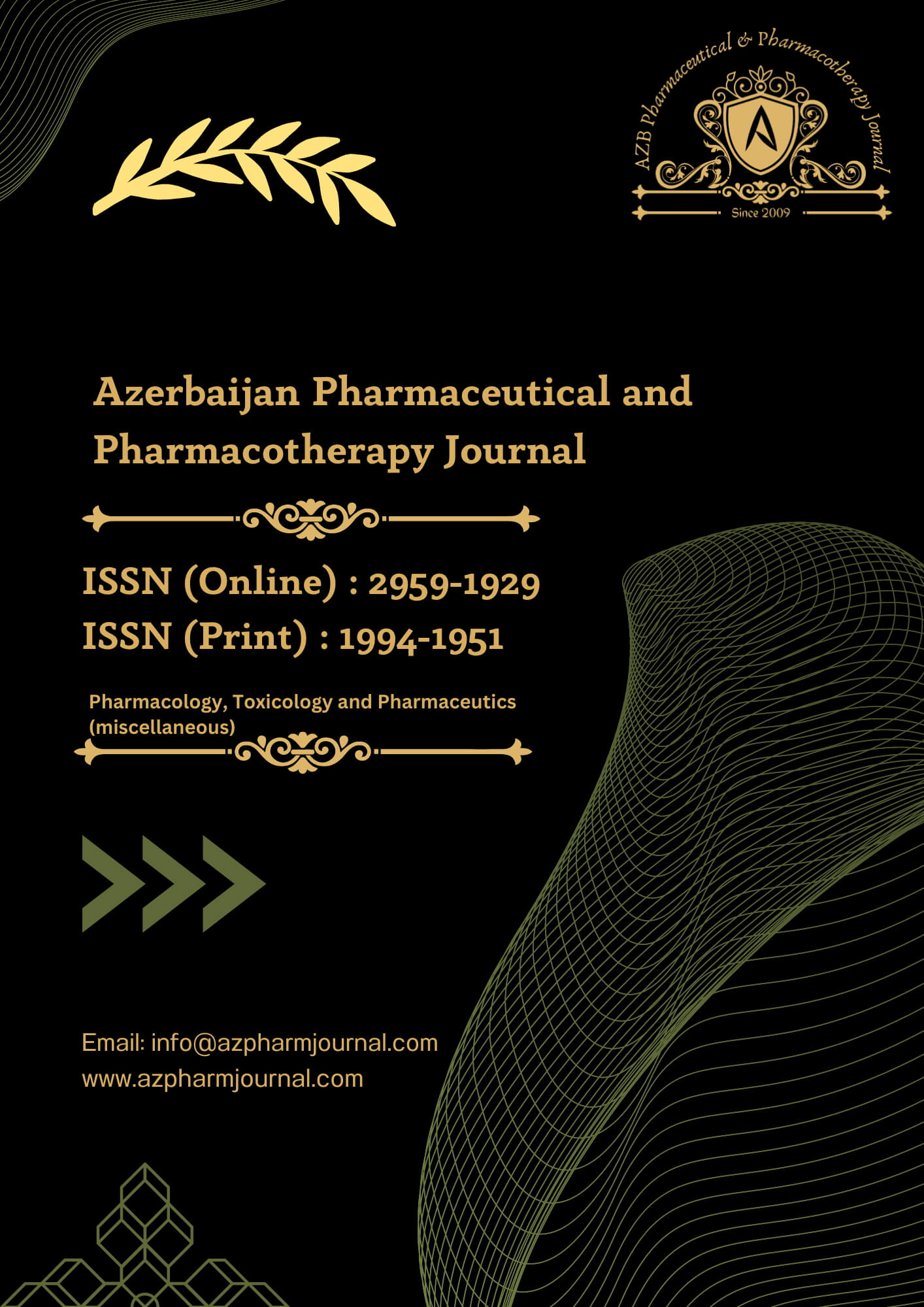Patients
Patient Population
Patients subjected to CABG surgeries in the Cardio-thoracic Department at El-Sheikh Zayed specialized hospital, Giza, Egypt, from January 2021 to January 2023 were screened for the eligibility criteria. Patients were screened after full history taking, physical examination and complete investigations including ECHO. Patients included in this study administered medications for the prevention of atrial fibrillation as per the suggested protocol established by clinical pharmacist in accordance with international guidelines and endorsed by the Cardiothoracic surgery department. All the participated candidates were given a detailed description for the informed consent to ensure that they understood all the information before obtaining their informed consents.
The study protocol was approved by the Research and Ethics Committee of the Faculty of Pharmacy, Helwan University, and the Hospital Medical Ethical Committee which followed the tents of declaration of Helsinki and the Guidelines for Good Clinical Practice, with approval code: 03H2020. An approval was also obtained from clinical trail.gov with a registration number: NCT06074367.
Inclusion Criteria
Patients with coronary artery disease, who are candidates for CABG surgeries, were selected according to the following criteria: a) Elective isolated on-pump CABG surgery with full sternotomy and mild hypothermia (34° C)., b) Age ranged from 50 to 70 years, c) No history of CABG surgery, d) Taking maximum tolerated beta-blocker, statin dose before and after surgery, e) Normal left atrium and left ventricle dimensions.
Exclusion Criteria
Patients who met one or more of the following criteria have been excluded from the study: a) Patients who need emergent CABG surgery, b) Preoperative history of AF or permanent pacemaker or significant bradycardia c) History of amiodarone use, d) Left ventricular ejection fraction < 40%, e) Those who have any contraindications to b-blocker, statin or vitamin C, f) Patients with chronic liver or kidney diseases, g) Patients underwent off-pump surgery, h) Patients with history of vitamin C supplementation at least 1 week before surgery, i) Patients failed to sign an informed consent.
Methods
Study Design
This study was a randomized, prospective, double blinded, placebo-controlled interventional study; both participant (patients) and care providers (nurses, cardiac surgeons, and ICU physicians) were blinded. All groups were operated by the same surgical team and received similar preoperative and postoperative ICU care.
Methodology
The study population was randomized 2 days before conducting the surgery into 3 groups using randomizer website (ref:www.randomaizer.org). The method of randomization depended on random allocation sequence generated with a computer random number generator. The 3 randomized groups were as follows:
High dose group (Gp HD); CABG patients who received maximum tolerated dose of b-blocker, statins & C-Retard 500 mg capsules (2 gm daily divided into 4 divided doses). On the other hand, Low dose group (Gp LD); CABG patients who received maximum tolerated dose of b-blocker, statins, C-Retard 500 mg capsules (1 gm daily divided into 2 doses) in addition to 2 starch capsules to be completely equivalent in dose administration frequency to the other groups.
Placebo group (GpP); CABG patients who received maximum tolerated dose of b-blocker, statins and placebo starch capsules mimicking C-Retard capsules every 6 hrs. The placebo capsules were prepared in the similar shape and size to
those of the C-retard capsules. Vitamin C was provided to patients in the form of C-Retard® , 500mg capsules, Hikma, Egypt.
Follow up
All groups started receiving their intervention one day before operation till the end of hospital stay or development of POAF. In addition, they have also received the same preoperative medical premedication according to the approved hospital protocol and underwent the same intraoperative protocol.
Data Collection
Patients’ demographics such as age, gender, and concurrent health conditions e.g. diabetes mellitus, hypertension, dyslipidemia, history of AF, as well as the presence of any liver or kidney diseases were collected. Preoperative angiography, echocardiography and electrocardiograms (ECGs) were carried out. Responses such as cardio-pulmonary bypass time (CPB), aortic cross-clamp time, and grafts number were monitored and recorded intra-operatively. Parameters such as ventilation time, length of ICU stay, and administration of inotropic agents within the initial 24 hours in ICU care were monitored regularly. Additionally, any occurrence of POAF within the ICU was recorded. Generally, Holter was placed for monitoring of AF for patients during hospitalization and total hospital stay.
Statistical analysis and sample size collection
The sample size calculation was done assuming 24% as an absolute difference between different groups as proved by previous studies 13 . Atrial fibrillation was assumed to occur in approximately 32% and 8% of patients undergoing coronary artery bypass grafting surgeries without and with vitamin C administration, respectively. Therefore, 43 patients were required in each group to attain a statistically significant α score of 0.05 and power of 80%. G*Power 3.1.9.7 software was used for sample size calculation utilizing Z tests for detecting the difference between two independent proportions. Therefore, 60 subjects were selected for each study group in order to compensate any losses that may occur within the patient groups due to missing one or more of their eligibility criteria during the study.
Statistical analysis was carried out using IBM SPSS® Statistics version 26 (IBM® Corp., Armonk, NY, USA). Numerical data are presented as mean ± standard deviation or median and range as appropriate. Qualitative data are presented as frequency and percentage. Relations between qualitative variables were evaluated using Pearson’s Chi- square test. Analysis of variance (ANOVA) was used for normally distributed quantitative data for comparing between the three studied groups. On the other hand, non-normally distributed data were evaluated using Kruskal-Wallis test (non- parametric ANOVA) followed by post-Hoc test" for pair-wise comparison. All tests were two-tailed, Where a p-value <
0.05 was considered significant.
